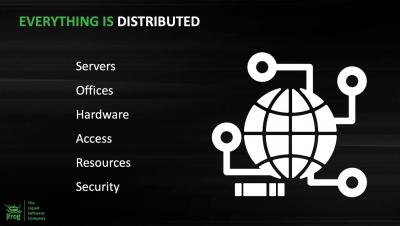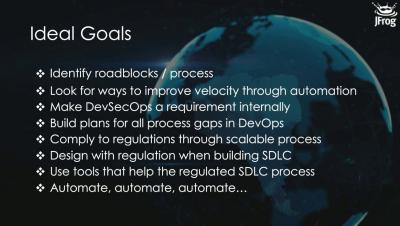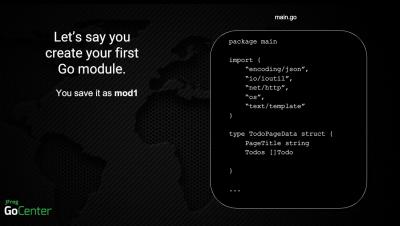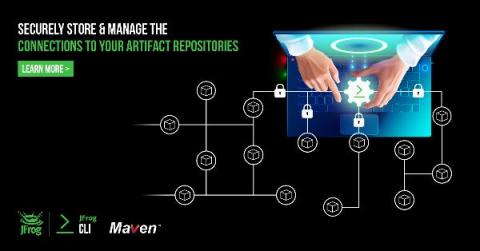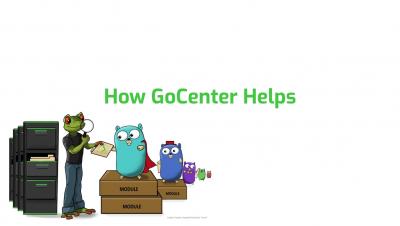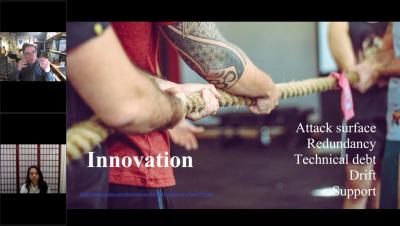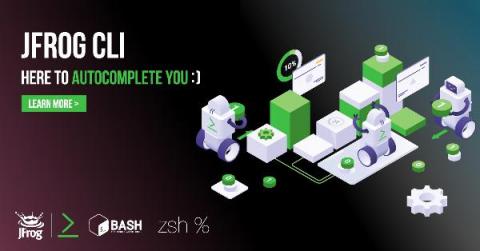Operations | Monitoring | ITSM | DevOps | Cloud
JFrog
Getting DevSecOps Right in Financial Services
Building Secure Go Projects with Free Vulnerability Scanning in VSC Code
Take Full Control of Your Maven Deployments
The code we develop ends up being packaged into artifacts that are consumed as dependencies during the development of other software components. We rely on an artifact repository manager, like JFrog Artifactory, to resolve the complex challenges that come with consuming and developing all of these artifacts. Artifactory serves as the foundation for managing binaries in so many organizations, both large and small, as part of an effective CI/CD pipeline.
Detecting, Reporting and Mitigating Vulnerabilities for Go Modules
Go Module vulnerabilities frustrate the lives of many Go developers and can turn a simple project into a battle of endurance between the dev and their patience. With the process of CI/CD shifting left more and more, it’s becoming even more pertinent for developers to be able to track and report vulnerabilities as early as possible. JFrog GoCenter can help track and mitigate vulnerabilities and make the lives of Go developers easier.
JFrog Visits with New York Stock Exchange About COVID-19
JFrog was honored to be recently interviewed by NYSE Floor Talk regarding the company’s efforts during the COVID-19 crisis. The quick video was shot at a safe social distance of course, but focused on JFrog’s FrogCare program. The program provides free software development and DevOps tools to accelerate delivery for research organizations that are supporting the fight against the novel coronavirus.
Jenkins and JFrog Pipelines: CI/CD Working Together to Release Your Software
As a software producer, you need to keep releases moving, even as you need to move your technology ahead. Transitioning your Jenkins continuous integration (CI) pipelines to a newer, optimized system can’t be a roadblock, and your enterprise can’t afford the work stoppage a rip-and-replace rework would require. We understood that deeply when we built our CI/CD solution, JFrog Pipelines.
Go Big With Pseudo-Versions and GoCenter
Developers Driving DevOps at Scale: 5 Keys to Success - A Webinar Featuring Forrester Research
JFrog CLI Completes You
JFrog CLI now supports autocomplete for both bash and zsh, allowing you to get your work done faster. With this functionality, you can now simply start typing your Bash and zsh commands and the CLI client will provide you with possible options to use. You can scroll through the options using tab. JFrog CLI helps simplify your automation work with the JFrog solutions. For example, using CLI with JFrog Distribution workflows to manage your software releases in a centralized platform.


